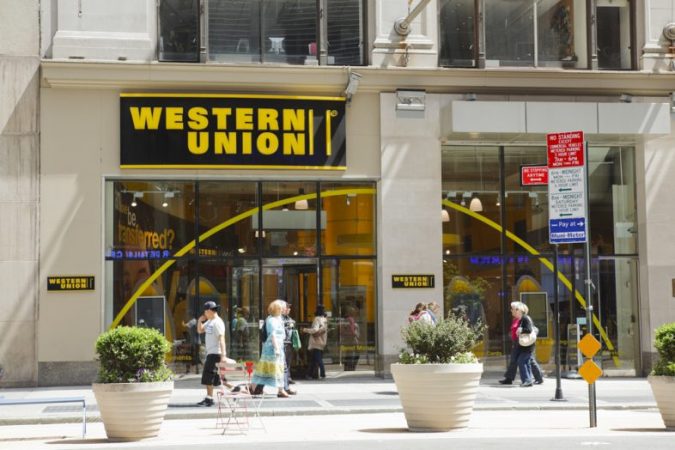
Use our money order fee comparison of both the post office and major U.S. banks to learn how and where to get a money order, and save at the same time.


| Company | Fees | Limits |
|---|---|---|
| Chase | $5 | $1,000 |
| Bank of America | $5 | $1,000 Not available in Arizona, California, Nevada. |
| Wells Fargo | $5 | |
| Citibank | $5 | |
| U.S. Bank | $5 | |
| Truist | $5 for customers $10 for non-customers | |
| PNC Bank | $5 | |
| BMO Harris Bank | $5 | $1000 |
| TD Bank | $5 | |
| Capital One | Does not issue money orders | |
| Regions Bank | $1 | $1000 |
| Santander | $5 | |
| BMO Harris Bank | $5 | $1000 |
| M&T Bank | $6 | |
| CVS | $0.70 | $500 |
| USPS | $1.20 | $500 |
| Walmart | $0.70 | $1,000 |
Since many financial institutions do not list an amount for money order fees, the best way to determine how much your local bank charges is to find a nearby branch. Most banks charge $5, $10, or 10 percent of the total amount on the money order. The local (Los Angeles) Wells Fargo, Chase, and U.S. Bank charge a flat rate of $5 and only offer domestic money orders. Money orders are waived by some banks if you have a special account. For instance, Wells Fargo waives money orders if you have a preferred checking or Wells Fargo At Work Checking Account. Chase will waive the fee if you have a premiere or private account with the bank. U.S. Bank waives the fee for those that have a platinum checking account. Tip: If you have a higher tiered checking account, check to see if your bank offers free money orders.
You don't need an account to get a money order from Western Union.
Western Union also allows customers to deposit money orders to withdraw cash. Most banks require that you have an account with them to get a money order.
An additional upside is that Western Unions in your area are usually open every day, including weekends, whereas most banks and the post office are closed on Sundays.
The fee associated with cashing money orders from Western Union ranges between 1 percent to 3 percent, depending on the amount.
A representative informed me to go into a local branch to find out how much will be taken out. This is because the rates fluctuate so much from location to location.
Tip: To find the best rate at Western Union when cashing your money order, call several locations in your area and find the one that with the lowest fees.
The current price for domestic money orders at USPS are as follows:
| Fee | Maximum Amount of Check |
|---|---|
| $1.20 | $500 |
| $1.60 | $1,000 |
| $0.40 | All postal money orders issued through military facilities |
Domestic money orders can only be purchased for up to $1,000. Anyone that needs to send more than $1,000 will need to get two separate money orders.
Tip: If you need to send more than $1,000 on a regular basis, consider opening a checking account at a bank so you can obtain cashier's checks.
International money orders cost $4.50 for any amount.
International money orders from the United States Postal Service can be cashed in 29 countries.
If you are going to attempt to cash a money order at the post office, you may run into difficulty. USPS may not be able to help you to cash a money order if the amount exceeds $1,000. Someone attempting to cash a money order worth tens of thousands of dollars or more should consider visiting a bank.
Grocery stores and department stores also offer inexpensive money orders. Walmart money orders are 60 cents and has a limit of up to $1,000. CVS Pharmacy also offers money orders for 99 cents, with a maximum value of $500.
If you receive a money order in the mail from someone who you are not familiar with, chances are it's a fake.
Educate yourself on how to detect a fake money order, that way you're never tricked into cashing a fake money order.
If you do end up cashing a fake money order, you may be liable for the money spent when it comes back rejected. It could take up to a couple of weeks for your bank to determine whether or not a money order is fake.